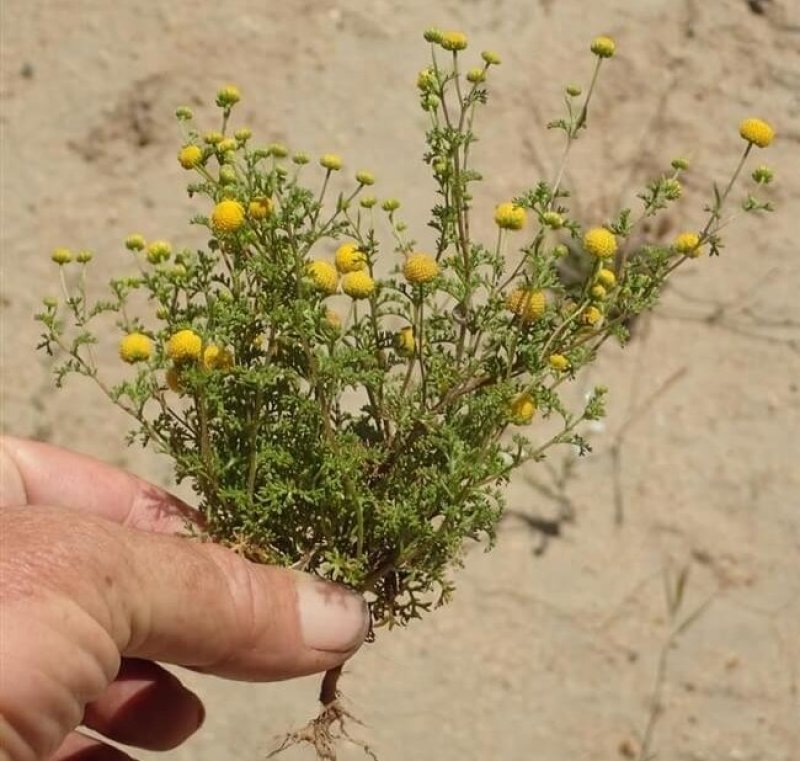Botanists, businessmen, farmers and federal lawmakers, they all gathered to peer at the waist-high plant usually considered a pest and uprooted on sight because of its foul odor, toxicity and the grim taste it leaves in the milk of grazing cattle.
This was a new version created by gene-editing, though. The compound that made it stinky and poisonous in large doses was suppressed, leaving an oilseed crop that its backers say could help the world transition to a lower-carbon economy via biofuels, as well as meet growing demand for livestock feed.
…
Supplies of soybeans and canola are dwindling rapidly, with not enough produced to keep up with global demand for food and feed products, let alone greener fuels like renewable diesel. Prices have rocketed, contributing to food inflation around the world.
The new candidates, which include carinata and camelina – known as false flax – also represent potential “cover crops”, off-season sources of revenue for farmers to help insulate them from market downturns.
“The trick will be whether we can get enough farmers to be interested and comfortable,” CoverCress CEO Mike DeCamp said.































